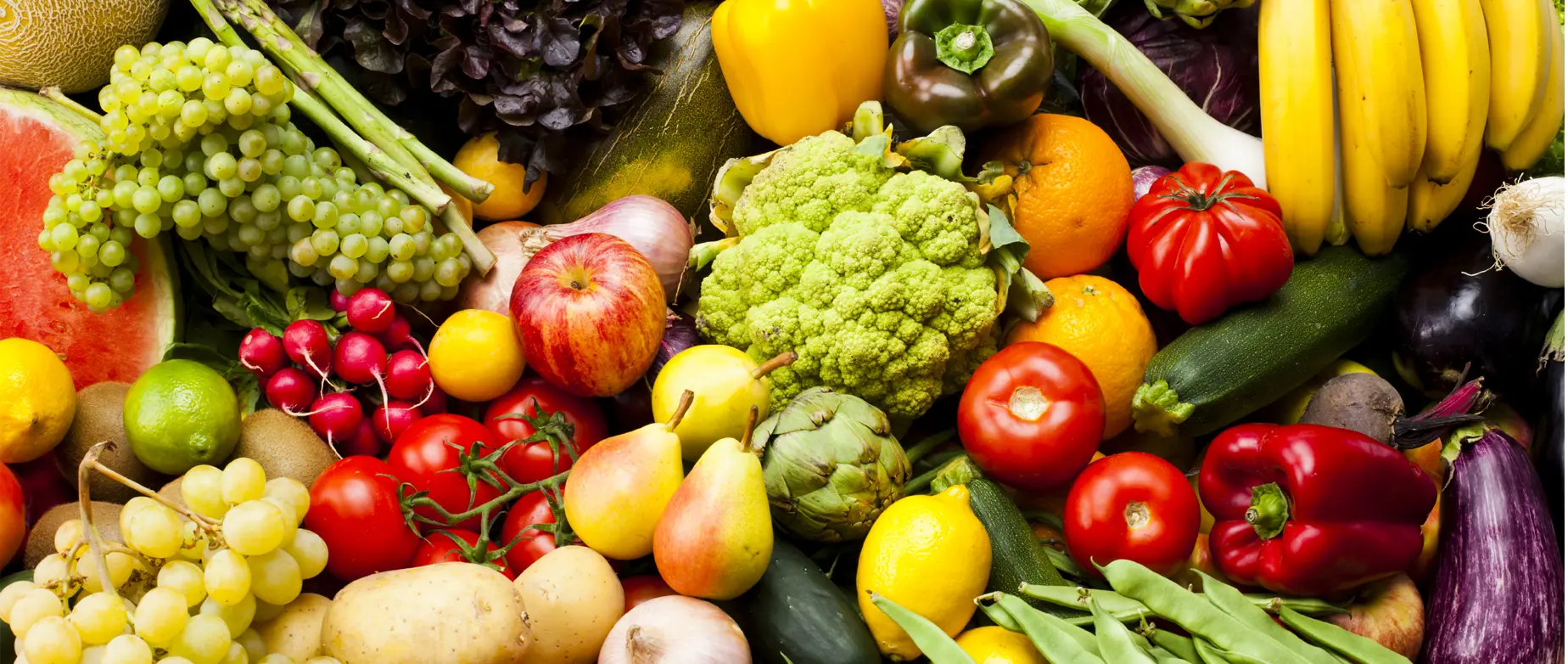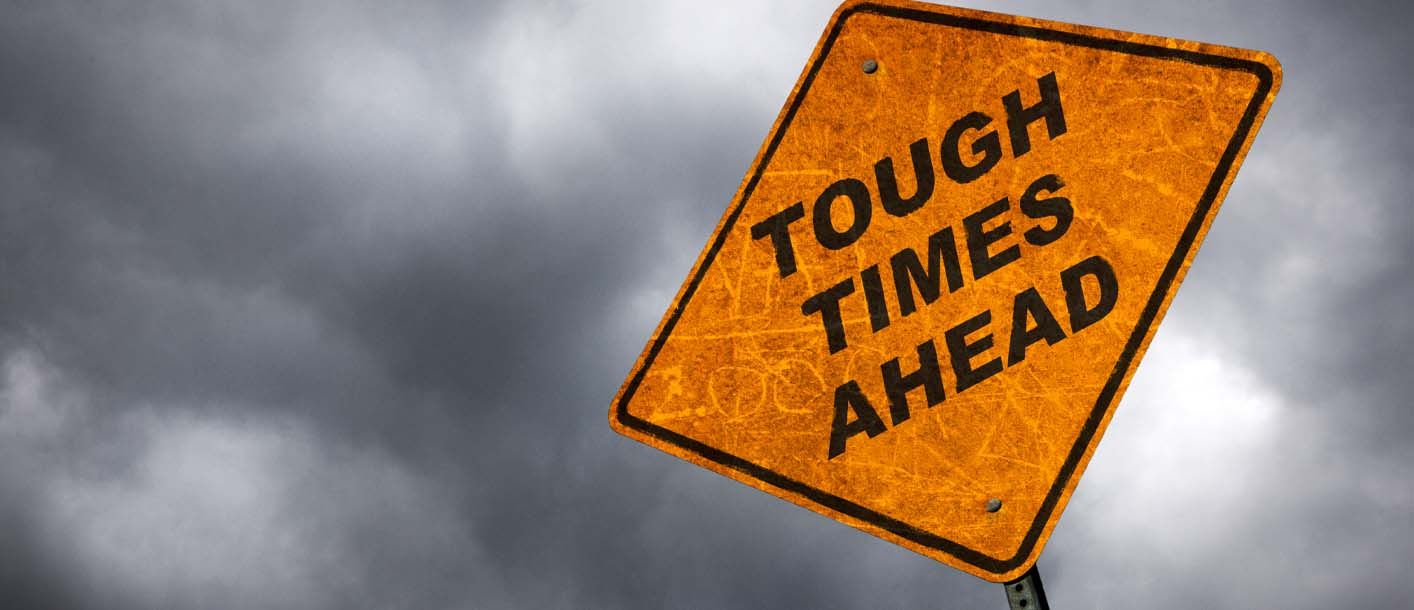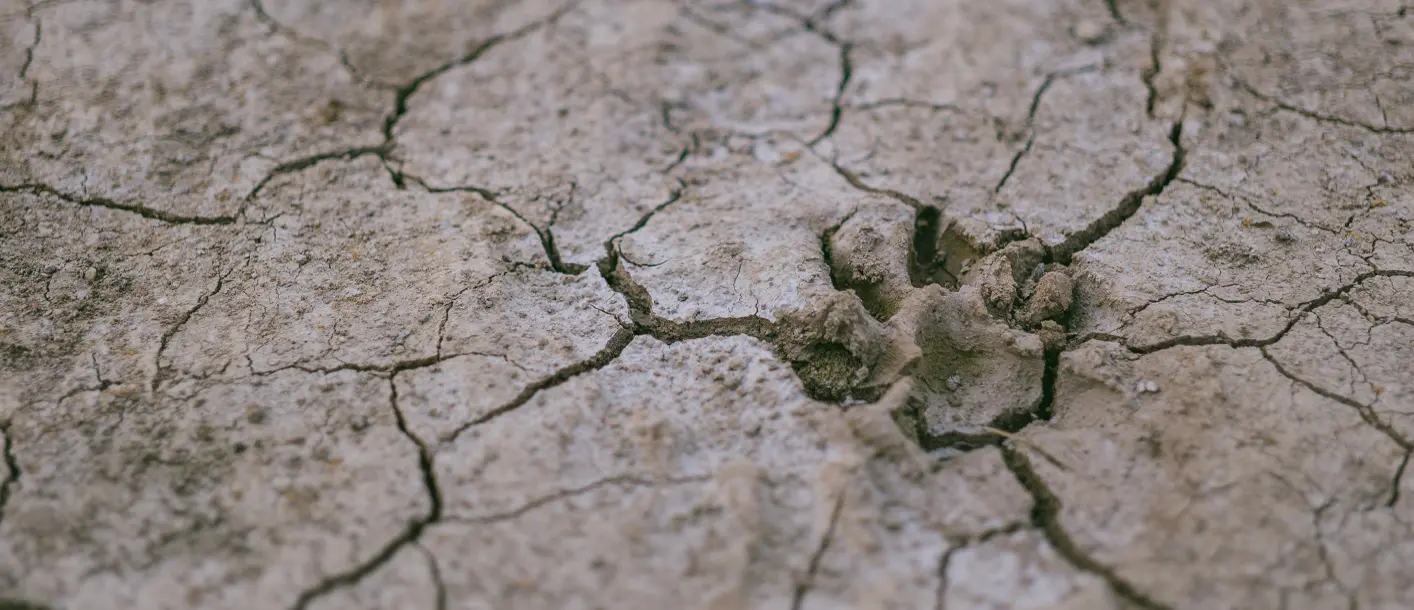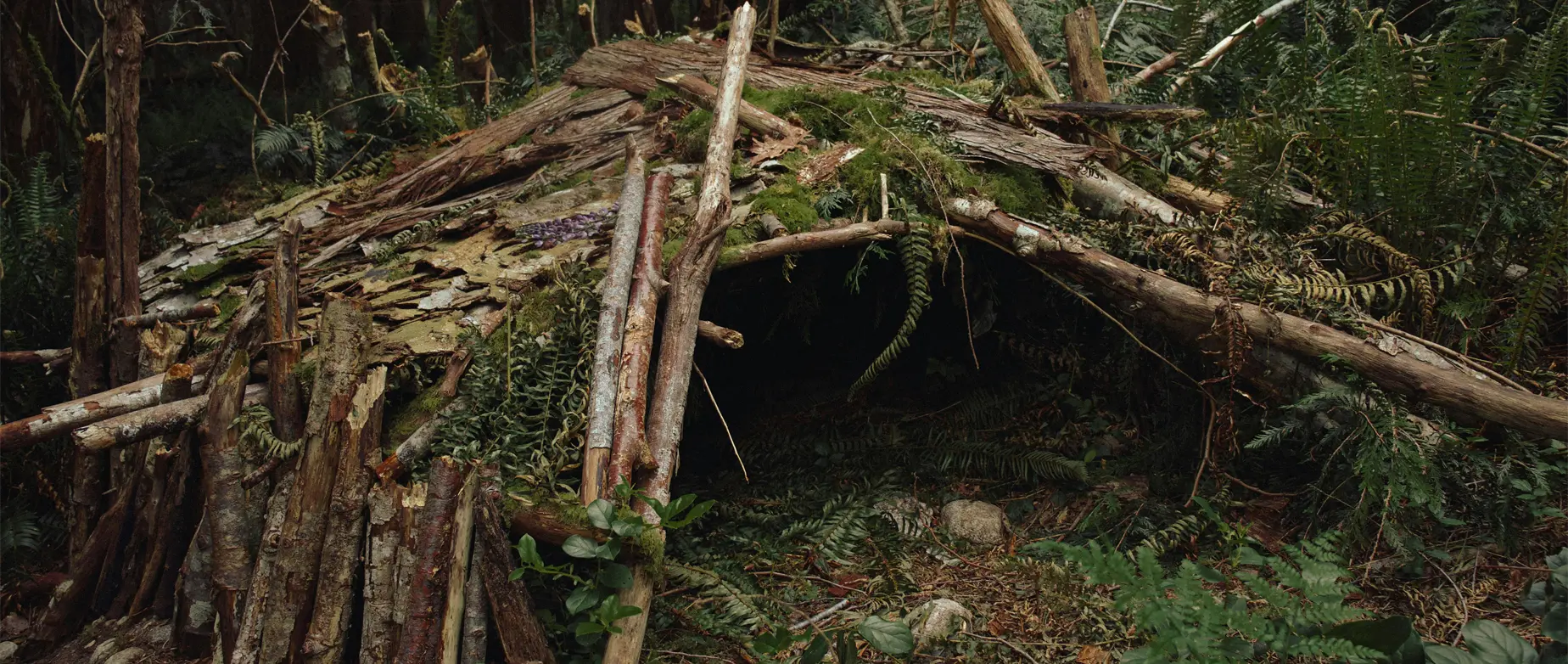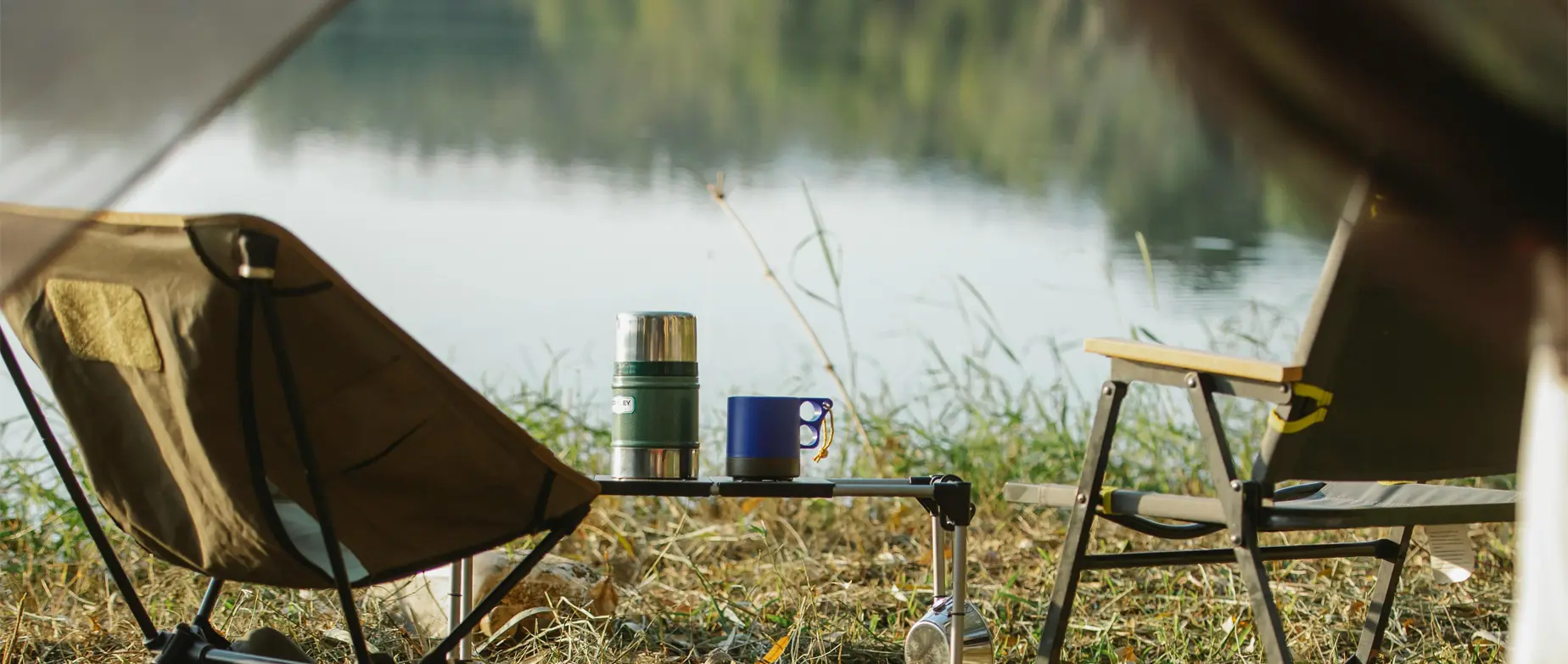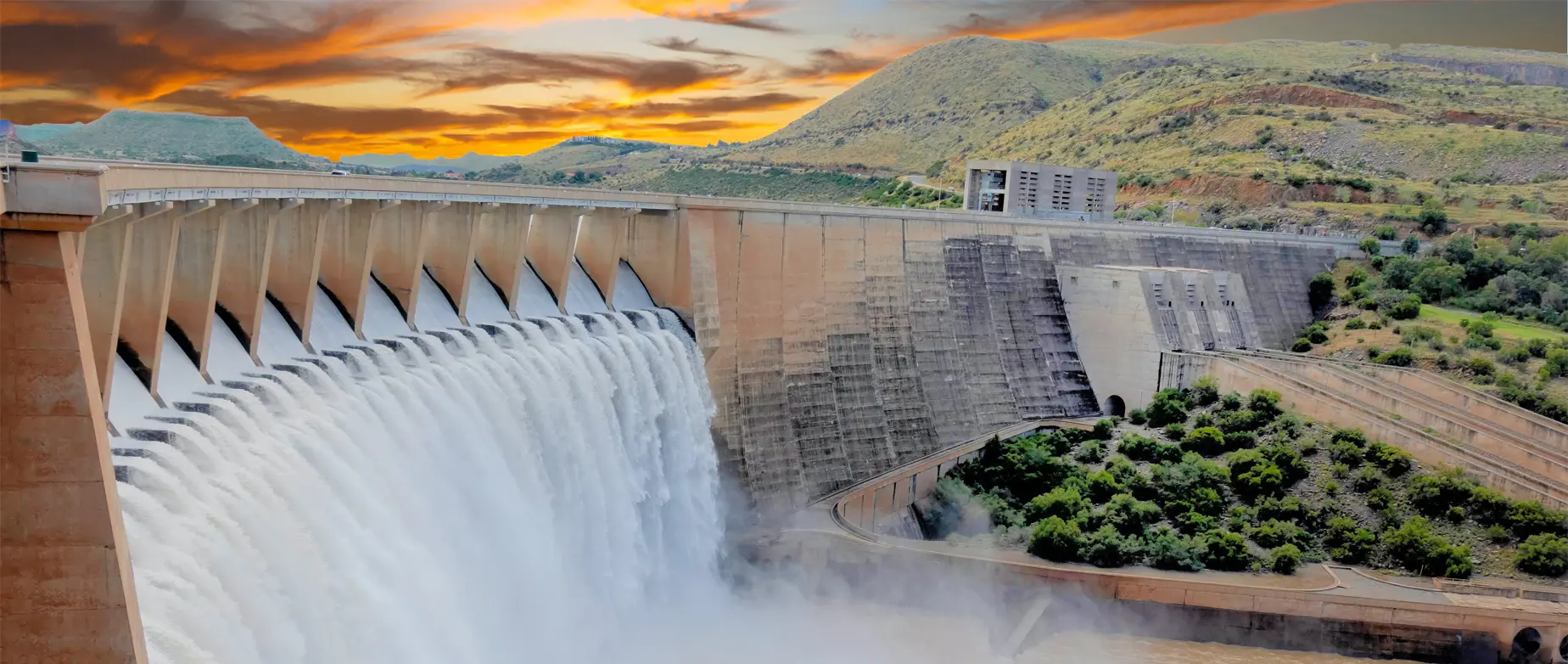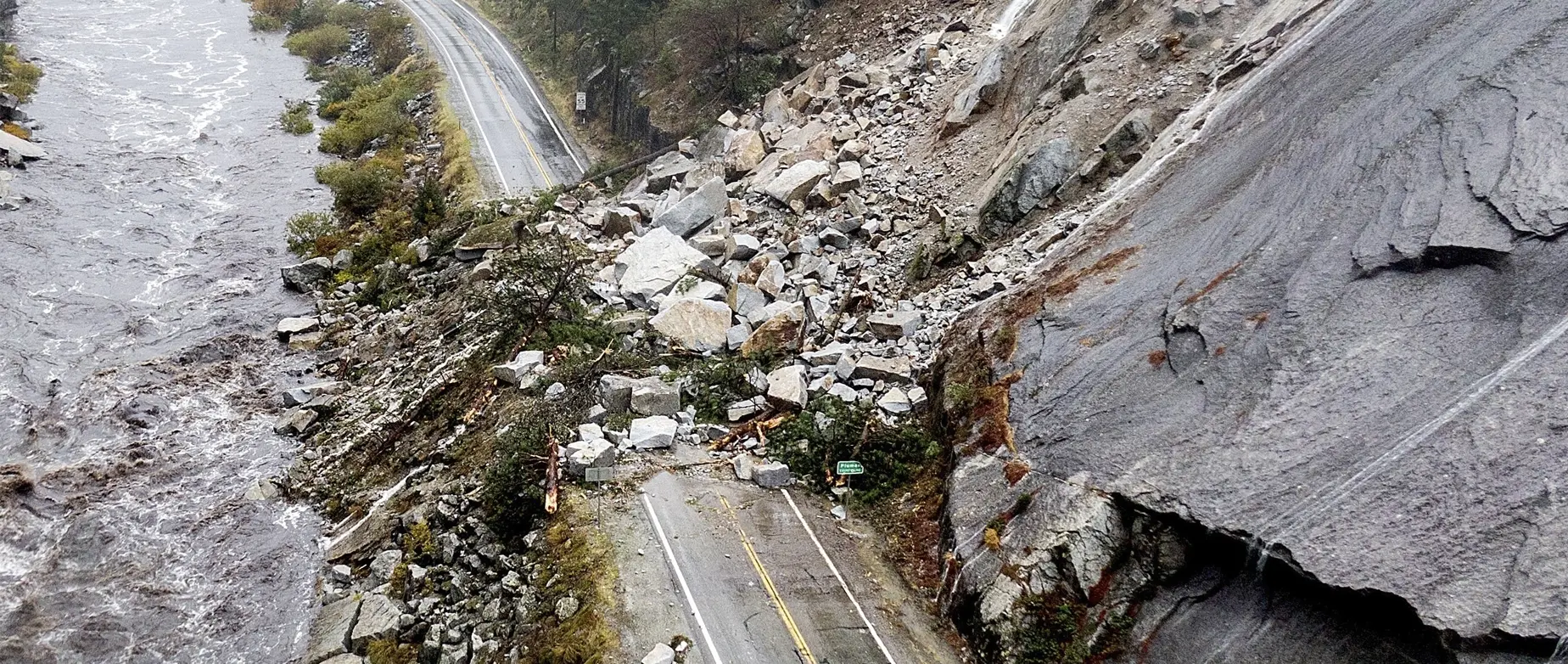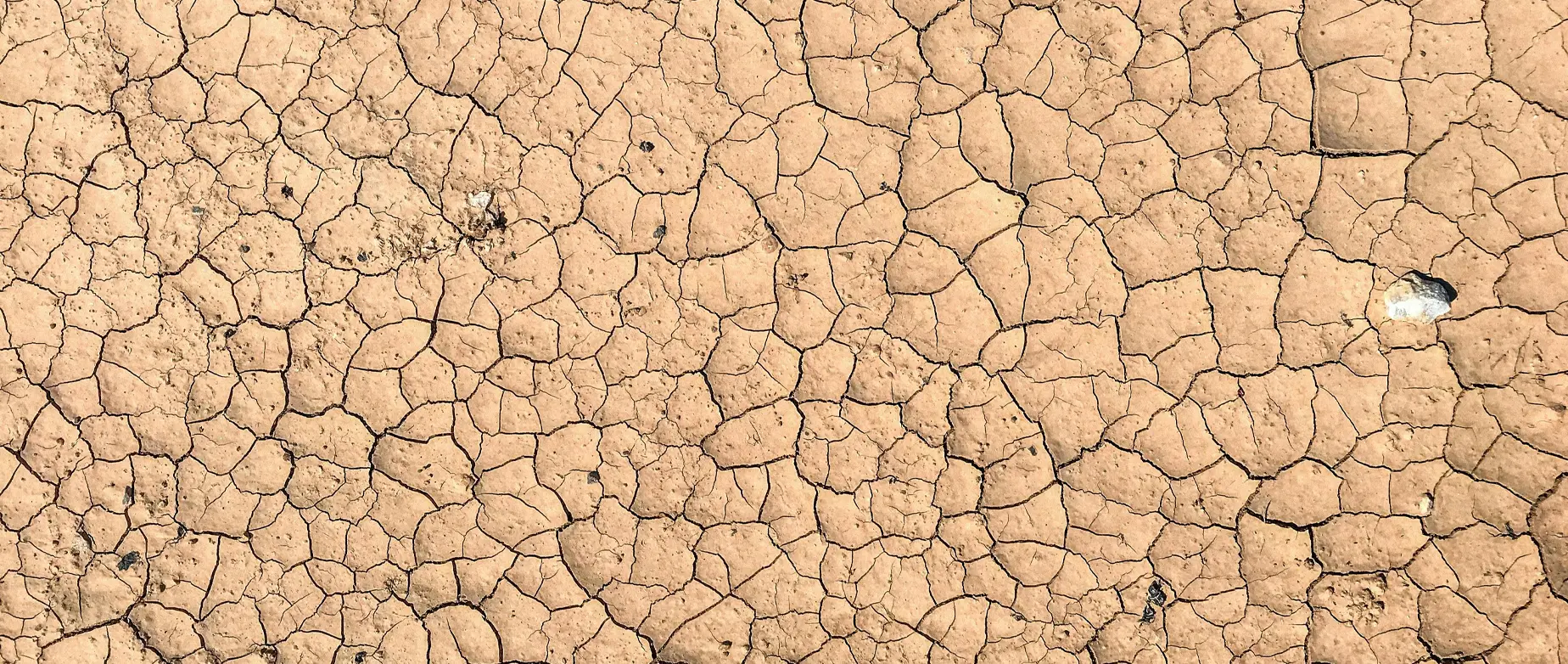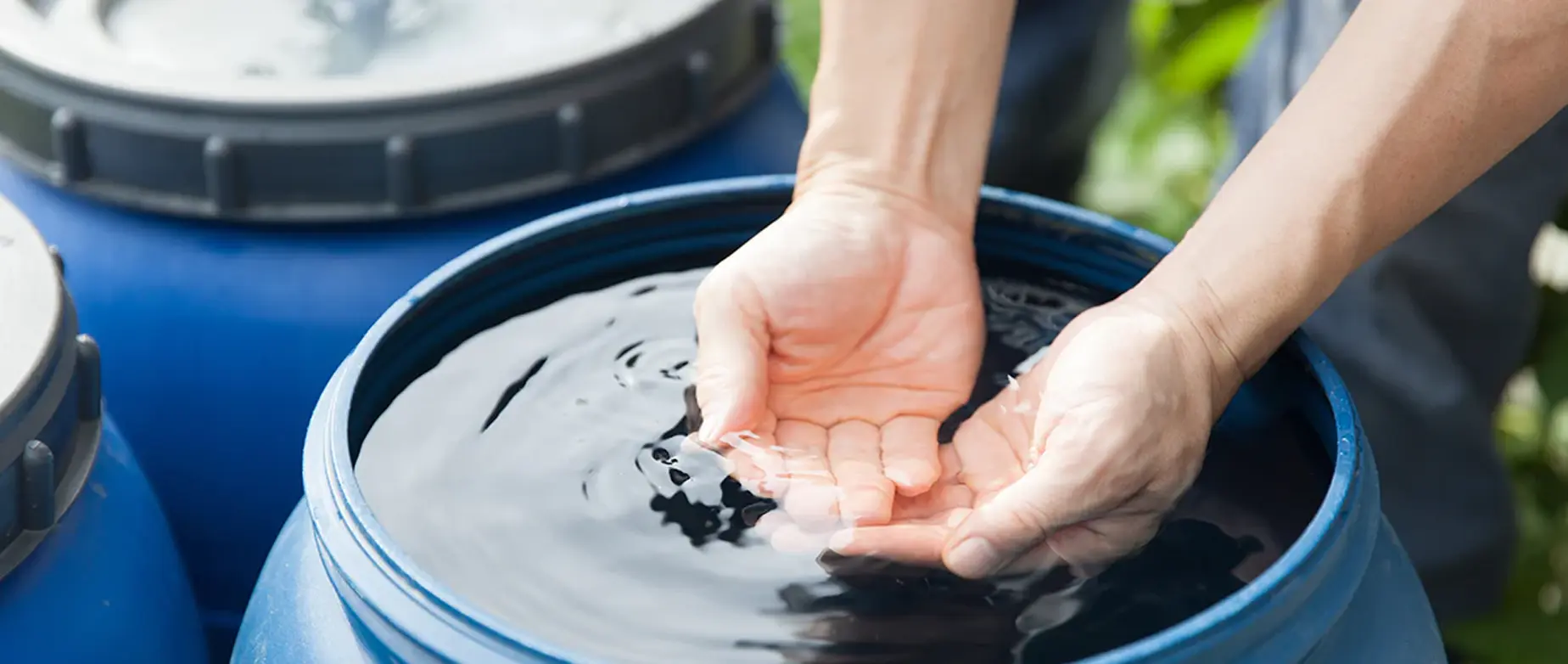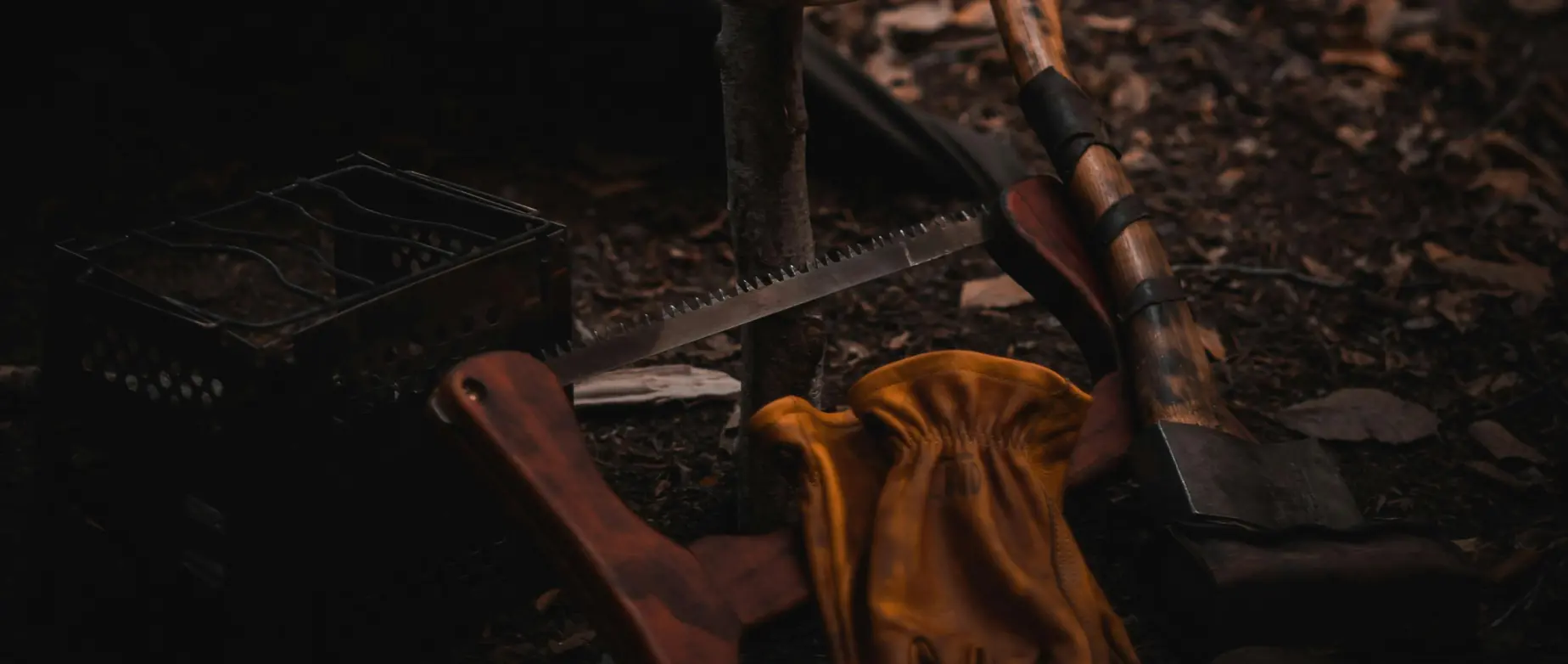Guide
Emergency Food Storage: A Comprehensive Guide on What, When, Where, and How Much to Store
It's crucial to be prepared by having enough food for you and your loved ones. Our guide will show you what, when, where, and how much you should store.
by Emily Emergency
February 23, 2024

